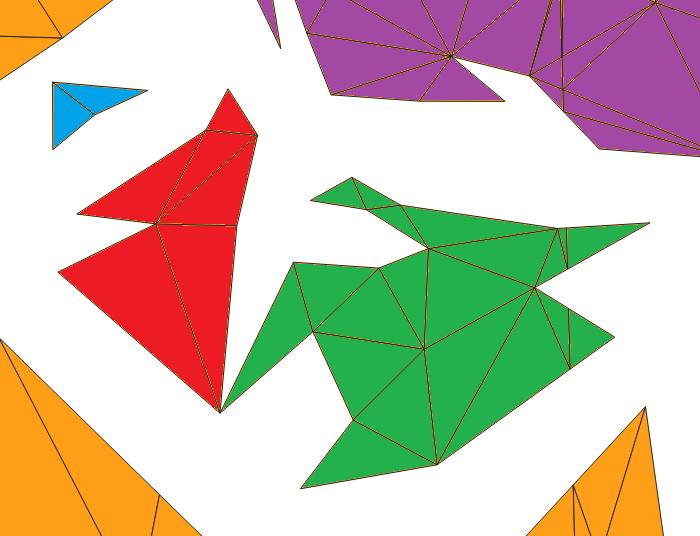Is it possible to set up the spatialRelator, or other transformer, to identify a relationship where the features touch along an edge rather than at a point.
I know I can set the spatialRelator to Calculate the Cardinality of Intersections, and then filter the _relationships{} list to remove any elements where _relationships{}.card_line = 0, but that is non-trivial (ie python), and then recalculate the _related_suppliers attribute, but I'm hoping there is a less involved option.








